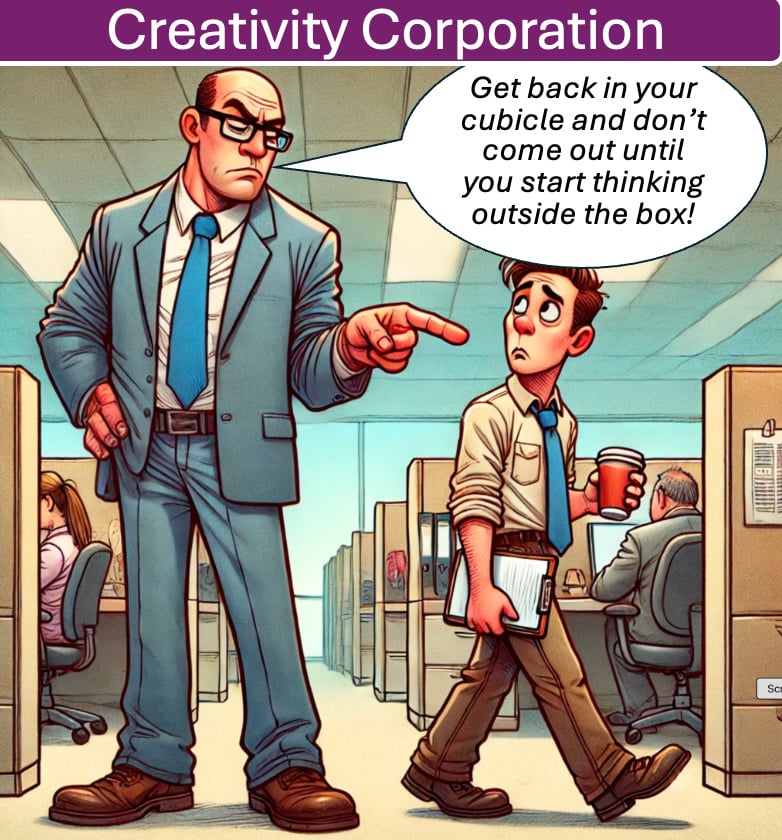Forbes contributor Chunka Mui posted an interesting article that addressed a study published in the Journal of Experimental Social Psychology. The results of the study found that creativity negatively affected perceptions of leadership potential. In a series of experiments conducted among working adults in India and college students in the U.S., individuals perceived as “creative” were repeatedly seen as less effective leaders.
Read More
Topics:
creativity,
Lorie Lin,
Innovation,
Compelling Case for Innovation,
9 Critical Success Factors,
creative problem solving,
leadership
I'm going to go out on a limb here and postulate that Monday mornings are the bane of the working (wo)man's existence. No matter how many cups of coffee you down, E-mail notifications you silence, or meetings you skip, there's just a heavy mood that permeates the planes, trains, and automobiles that brought us to work this morning -- with no reprieve in sight.
Read More
Topics:
creativity,
Ideas,
Amanda Hines,
divergent thinking,
DIY,
Innovation
Newton did it lounging under an apple tree. Archimedes did it soaking in a bathtub. Einstein did it while shaving. Those are the settings in which these great minds did their best thinking (at least according to legend). The common theme is that they were in the state of relaxed concentration. Rather than sit at your desk hammering away at a problem, it is often wise to let your mind wander. In his terrific book The Element Sir Ken Robinson describes the process:
Topics:
Chris Dolan,
creativity,
Ideas,
Relaxed Concentration,
creative thinking skills
Here at Creative Realities, we use an 11-step process of creative problem-solving to help our clients generate, develop, and troubleshoot ideas to help them overcome an obstacle, realize an opportunity, or to simply stretch their thinking beyond its current state. In only working here a few shorts months, I've seen this process produce some amazing results for people and it makes me wonder why everyone isn't using this method to better their professional and/or personal lives?
Read More
Topics:
creativity,
Amanda Hines,
convergent thinking,
divergent thinking,
creative problem solving,
brainstorming










